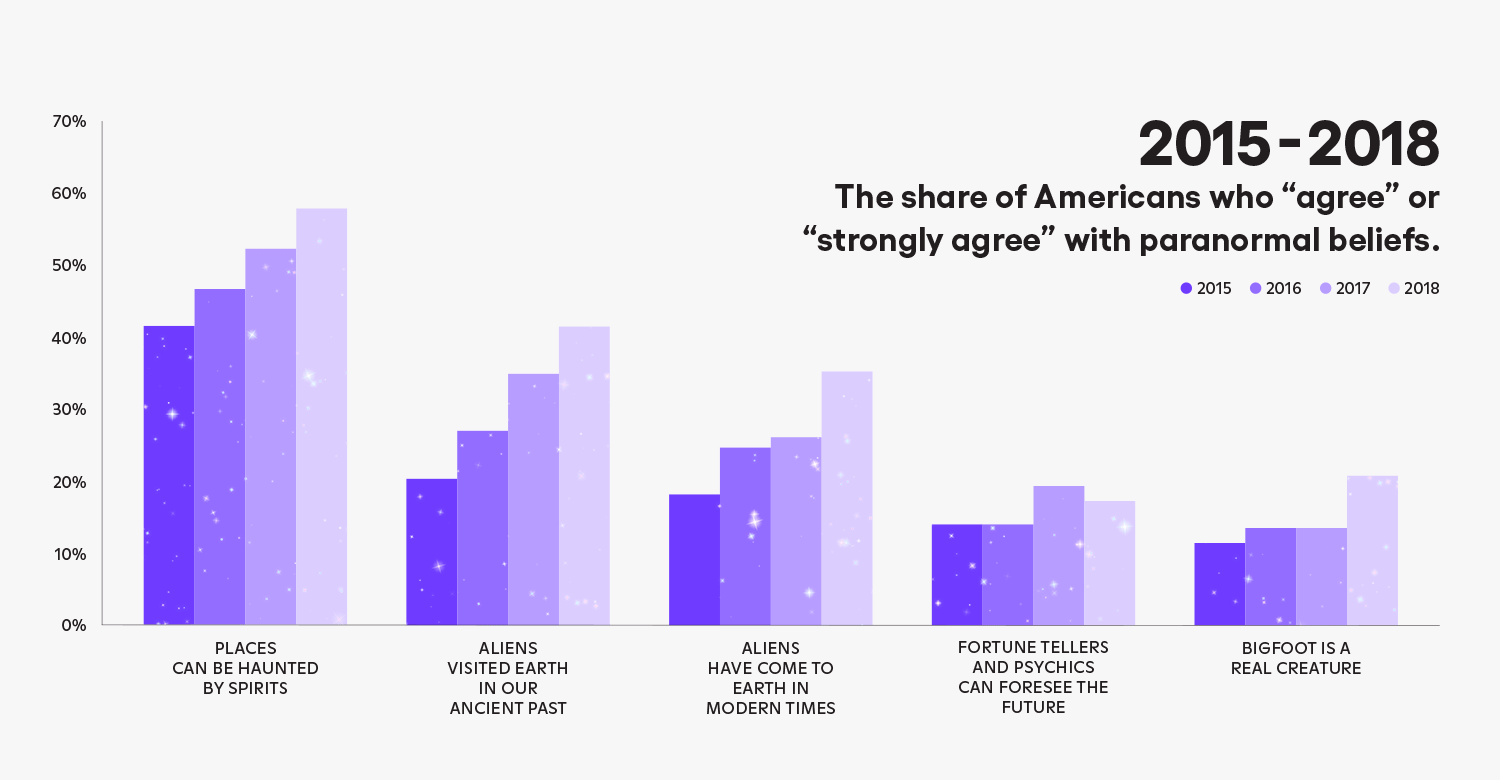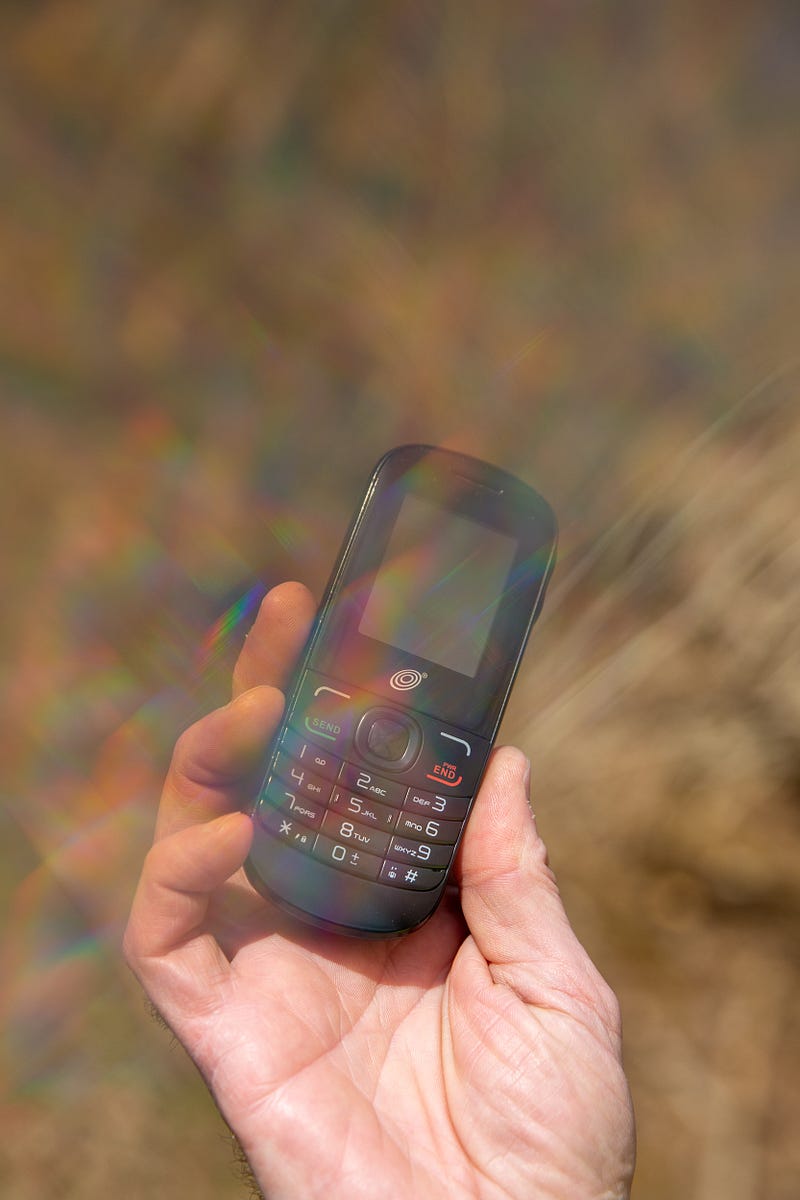# The Quest for the Paranormal: Gary Arnold's Journey
Written on
Understanding the Paranormal
On January 29, 2021, in Elkton, MD, Gary Arnold experienced something unusual while alone in a college library. As he enjoyed lunch and read Charles Dickens's A Christmas Carol, he suddenly heard a peculiar noise in his right ear—an eerie, static-filled crackle reminiscent of old dial-up modems. Intrigued and sensing its significance, Arnold recorded the ambient sounds on his basic feature phone.
Later, when he replayed the recording, he found no trace of the strange noise. However, turning up the volume revealed a whispering voice saying, “Mr. Arnold.” The next day, he encountered the same phenomenon, with the voice responding affirmatively to an unvoiced inquiry: “Is anyone there?” This convinced Arnold that he was experiencing something beyond mere imagination.
Over two years, he became convinced that these encounters were genuine and sought validation. While searching online, he stumbled upon the Paranormal Challenge, a competition offering $250,000 for undeniable proof of supernatural abilities, managed by the Center for Inquiry Investigations Group. This organization has devised various experiments to test claims of paranormal phenomena, but none have succeeded thus far.
Arnold submitted his application in August 2020, motivated by both the potential monetary reward and the desire for outside confirmation of his experiences.
Emerging Fascination with the Paranormal
Arnold's story is not unique; many in the U.S. have recently developed an interest in the unexplained. Historical patterns show that belief in the paranormal often rises during times of significant social or technological change. For instance, during the Industrial Revolution, spiritualism gained traction. Similarly, the late 1950s saw the rise of Bigfoot lore, paralleling economic prosperity and shifts in job dynamics.
In contemporary America, the Chapman University Survey on American Fears, initiated by sociologist Christopher Bader, reveals increasing belief in paranormal phenomena. From 2015 to 2018, belief in haunted houses rose from 41.4% to 57.7%, and faith in alien visitations increased from 18.1% to 35.1%. This trend underscores a growing fascination with the supernatural.

Bader notes that the fastest-growing demographic in the U.S. is those with no religious affiliation, often referred to as “nones.” This group includes atheists and agnostics, many of whom also believe in the paranormal. Interestingly, individuals who embrace paranormal beliefs are more likely to subscribe to conspiracy theories as well.
Challenging Deep-Seated Beliefs
Once entrenched in their beliefs, individuals can be resistant to change. Chris French, an emeritus psychology professor, explains that our brains are adept at dismissing contradictory evidence while favoring information that aligns with existing beliefs. This makes it challenging to convince someone to reconsider their views.
Three years after Arnold's initial encounters, a group of seven adults gathered in a Los Angeles theater for the testing phase of the Paranormal Challenge. Encouraged by his wife, Arnold described his experiences in his application, claiming he communicated with invisible entities daily. He proposed entering a Faraday cage to make contact with these voices, but the Investigations Group deemed this unnecessary.
Instead, they suggested a simpler test: if Arnold could correctly identify eight out of ten face-down playing cards, he would be invited to Los Angeles for further testing and the chance to win $250,000.

While waiting for Arnold's call, his reviewers watched a short film featuring audio clips of his recordings, subtitled with the messages he claims to hear. To Arnold, these messages were clear, yet others found them indistinct, likening them to random noise.
The Paranormal Challenge stands as an odd yet earnest endeavor for all involved. While many Americans are skeptical of the existence of ghosts, only a few believe they can communicate with them directly. The theater where Arnold's test was to occur is located beneath the Center for Inquiry Los Angeles, which hosts several programs aimed at promoting skepticism and scientific inquiry.

Jim Underdown, executive director of CFI Los Angeles, notes that all applicants genuinely believe they possess unexplained abilities. Arnold, after his initial experiences, frequently used his voice recorder to capture sounds. He asserts that the entities know him and his family, claiming they are "otherworldly."
Amidst Skepticism
Despite the rigorous application process, only a few applicants reach the testing phase. Many do not respond to follow-up inquiries, while others who show signs of mental illness are gently discouraged. Previous applicants have claimed abilities ranging from dimming lights with their minds to discerning life status from photographs.
The Paranormal Challenge carries a somewhat humorous undertone, inviting individuals to prove their abilities while drawing attention to more serious issues surrounding pseudoscience. The Center for Inquiry's main focus is on advocating for the separation of church and state and promoting critical thinking.
By the time someone is committed enough to apply for the Paranormal Challenge, skepticism becomes challenging. Bader explains that deeply held beliefs often come with ready-made explanations for any failures during testing, complicating efforts to encourage individuals to question their convictions.
The Growing Challenge of Misinformation
In today's landscape, defending science seems particularly daunting. While a small audience engages with skeptical publications, many more are drawn to conspiracy theories on social media. The prevalence of misinformation poses a significant challenge, as seen during the COVID-19 pandemic and its associated vaccine hesitancy.
Colin Dickey, author of The Unidentified, emphasizes that once an individual doubts mainstream scientific consensus, it becomes easier to question other accepted truths. The current pandemic exemplifies how misinformation can hinder collective action on pressing issues like climate change and public health.
In the end, Arnold's test for the Paranormal Challenge never took place. He withdrew from the card test, invalidating his application for a year. Instead of facing skepticism, Arnold chose to share his experiences through a documentary, asserting that he is not alone in his encounters with the paranormal.

He believes that sometimes, it is essential to adjust one’s perspective when confronted with evidence that challenges existing beliefs.